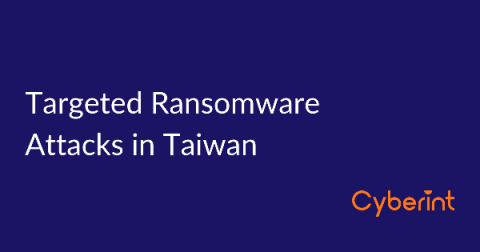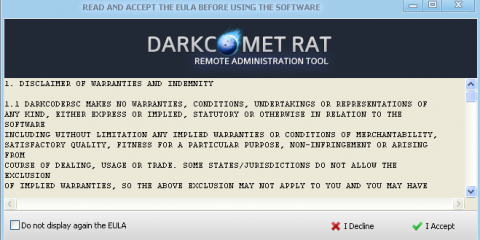NetWalker Ransomware - What You Need to Know
NetWalker (also known as Mailto) is the name given to a sophisticated family of Windows ransomware that has targeted corporate computer networks, encrypting the files it finds, and demanding that a cryptocurrency payment is made for the safe recovery of the encrypted data.







